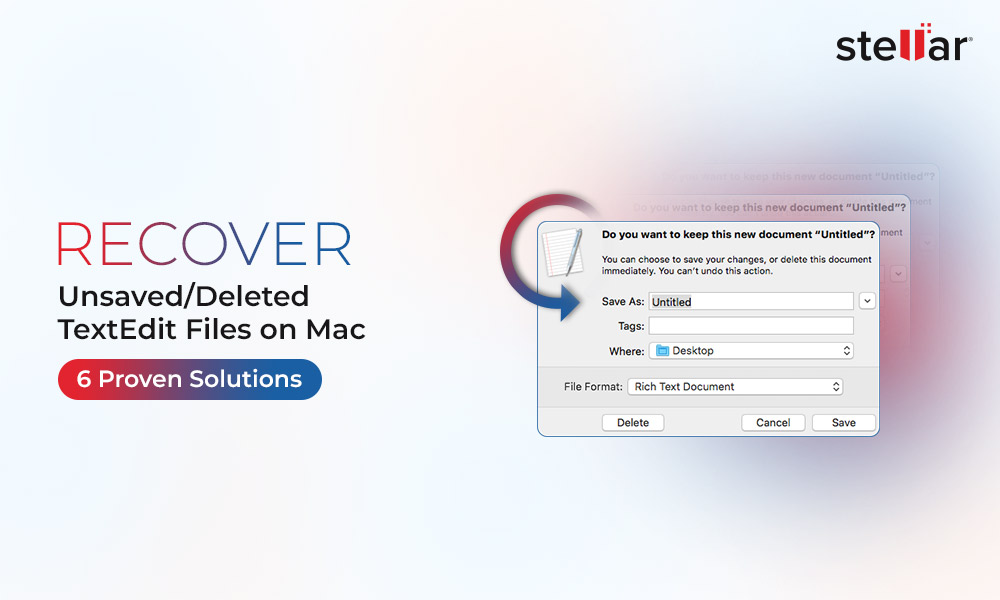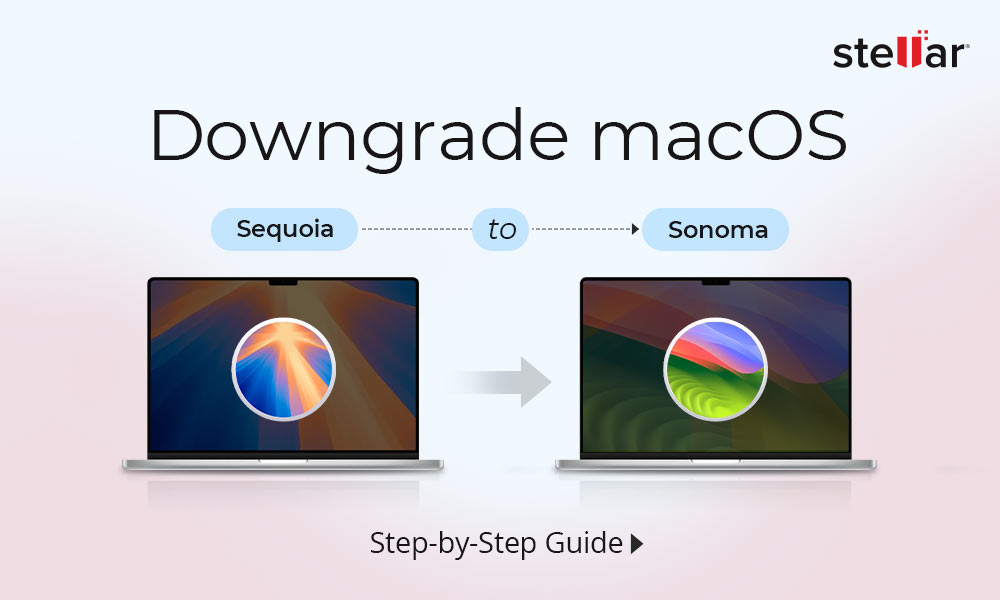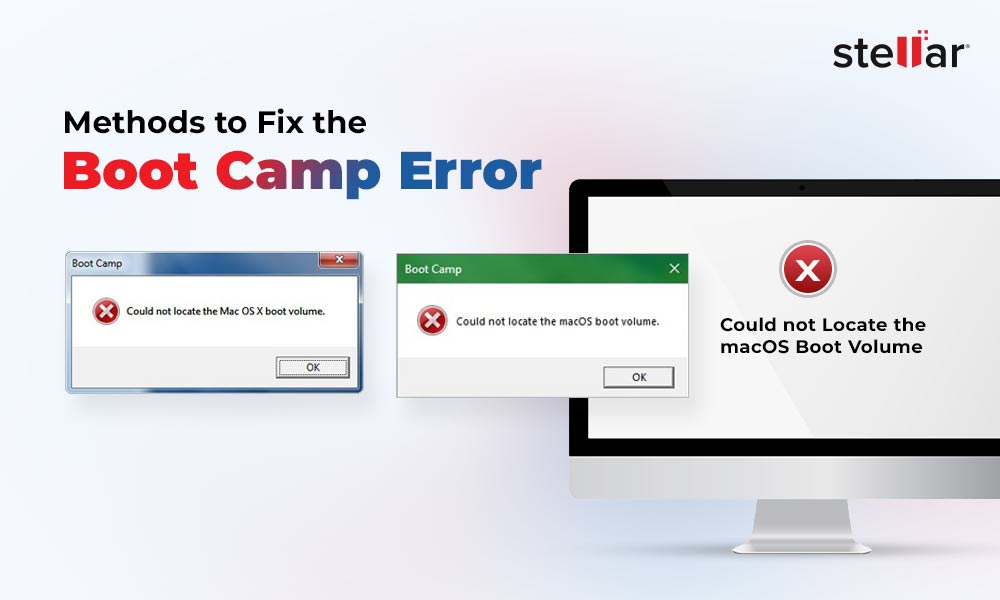The archive file is suitable for emailing or backing up due to its reduced size. You can open it by double-clicking on it and move or delete it just like an ordinary file. If by any chance, you delete the archive file, recover it through the methods presented hereunder.
1. Put Back Deleted Archive Files from Trash
Trash is a temporary storage area that stores your deleted files. So, if you have deleted your archive files from your Mac, look for them from Trash. Steps are as follows
Launch Trash from Dock, then find your deleted archive files.
Press the Control key to select multiple archive files from Trash.
Secondary-click and choose Put Back to find them in their original location. Or else, drag-and-drop the archive files to Desktop or anywhere else in Finder.
2. Restore Deleted Archive Files from Time Machine
Time Machine is the native backup and restoration app in macOS. So, if you have Time Machine backup, you can restore your deleted archive files from the backup drive. Steps are as follows:
Make sure your external Time Machine backup drive is connected to your Mac.
Go to Time Machine > Enter Time Machine.
Traverse through the backup date by using the Timeline or Up/down arrows button.
Select the archive files, then click Restore to find them in their original location.
3. Recover Deleted Archive Files by Using Software
A Mac data recovery software is useful to recover your deleted archive files when neither Trash nor Time Machine is of any help. Steps to recover deleted archive files are as follows:
Launch the software. On the toolbar, click the preferences icon, then click Settings.
In the Settings window, click the advanced options icon, and select the Filter tab.
Under the Specify file filter... heading, select .ZIP file format from the drop-down menu.
Click the Add button. The tool lists the selected file type. Select Include these files only.
In the Select What to Recover screen, toggle on Documents, then click Next.
In the Select Location screen, specify the storage drive wherein archive files got deleted.
Toggle on Deep Scan, then click Scan. Preview the deleted archive files.
Select the required archive files, then click Recover.
Specify a distinct drive location preferably an external hard drive, then click Save.
The tool recovers the .ZIP files to that location. Verify the files to check their integrity.
*Trial version of Stellar Data Recovery Professional helps you to scan and preview your recoverable files. But, you need to activate the software to save them.
Conclusion
An archive file (Archive.zip) is a file that contains multiple files in a compressed form on Mac. Like other files, you can delete your archive files. In case the deletion was accidental, go to Trash, then put back the deleted file from there. In case you’ve emptied your Trash, use Time Machine to restore deleted archive files.
When none of the above methods help, use Stellar Data Recovery Professional for Mac to recover your deleted archive files in macOS. Plus, the tool can recover data from all logical data loss scenarios including emptying of Trash, storage drive corruption, and disk erasure.















 5 min read
5 min read





